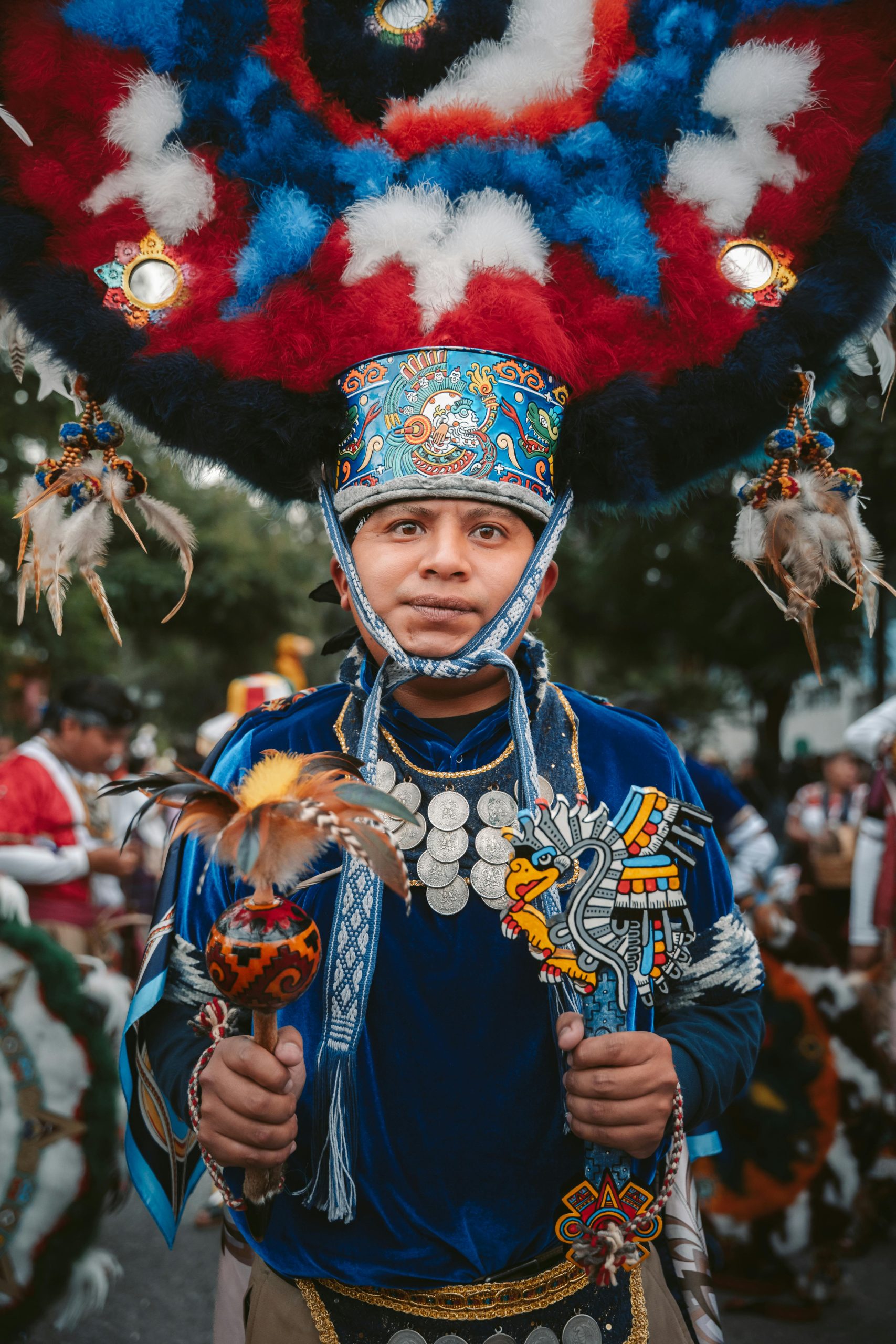Aztec clothing reveals a rich tapestry of social status, gender roles, and cultural meaning woven into every fiber. Sumptuary laws dictated who could wear elaborate feathers or precious stones, while textiles symbolised identity and power. Beyond fabric, hairstyles and jewellery marked rank and achievement, making attire a living language of the empire’s complex social order.
Overview of Traditional Aztec Clothing and Its Cultural Significance
The Aztec Spirit highlights the rich history of Aztec attire, where clothing was a mirror of social hierarchy and spiritual beliefs. Different fibers, such as cotton and maguey, signified social status, with luxury materials like feathers and gold reserved for elites.
Also read : Celebrating family: sagrada familia charm for your collection
Clothing also played a vital role in rituals, used in ceremonies and symbolic representations of divine power. For instance, warriors wore specific attire like tlahuiztli, elaborate battle suits decorated with feathers and symbols indicating rank while nobility donned garments with precious stones and intricate embroidery.
Textile production was deeply woven into Aztec life, women primarily wove fibers at home, producing textiles that were both functional and ceremonial. The use of geometric motifs, animal prints, and vibrant colors in textiles reinforced cultural identity and pride.
Styles, Materials, and Techniques of Aztec Garments
Men’s Clothing in Aztec Culture
Aztec garments for men epitomized rank through both form and fabric. The basic maxtlatl was universal, while the tilmahtli (shoulder cloak) reflected social standing by its material. Nobles could wear cotton, a prized textile, whereas commoners relied on agave-based fibers. Indigenous fabric patterns, especially geometric motifs in Aztec wear, marked both daily and ceremonial clothing. Warriors gained symbolic adornments while elite attire incorporated animal motifs, highlighting the importance of symbolism in Aztec textiles and status.
Women’s Dress Styles and Evolution
Aztec female dress styles typically centered around a cueitl (skirt) and huipilli (blouse). Cotton and maguey fibers predominated as clothing materials in ancient Aztec culture, with elaborate indigenous fabric patterns emerging among higher ranks. The evolution of dress among Aztec women showed increased ornamentation through colorful sashes, and ceremonial clothing customs distinguished festive attire. Symbolism in Aztec textiles often appeared in embroidered geometric motifs, referencing nature and mythology, a practice preserved in modern revival of historic indigenous clothing.
Weaving Methods and Fabric Dyes in Ancient Aztec Society
Weaving relied on traditional weaving techniques passed matrilineally, with hand-spun fibers dyed using local plants to achieve significant colors. Cultural significance of colors used was paramount, with red and blue indicating social identity. Methods for creating indigenous fabric patterns used backstrap looms, enabling versatility in geometric motifs in Aztec wear and the symbolic meaning behind common motifs. Dyeing processes and hand embroidery reflected not only artistry but also the role of textiles in ceremonial clothing customs, further preserved through the restoration of traditional weaving techniques today.
Socioeconomic and Ceremonial Aspects of Aztec Dress
Sumptuary Laws and Social Stratification in Clothing
Precision: The Aztec clothing system operated under strict sumptuary laws enforcing clear social hierarchy through textile materials, ornamentation, and symbolic meaning. Only elites could wear cotton and garments with elaborate patterns or bright colors, while commoners wore agave fiber cloth. Distinctive geometric motifs in Aztec wear and traditional headwear and jewelry instantly communicated rank. Women of nobility wore Aztec female dress styles like the huīpīlli adorned with beads and colored embroidery, further indicating status.
Textiles, from plain maguey fiber to richly decorated cotton, were essential for negotiating status. Traditional weaving techniques not only determined the fineness and durability of garments but also embedded ancestral motifs whose symbolism in Aztec textiles reinforced order and identity.
Ceremonial Attire and Ritual Significance
Ceremonial clothing customs held layers of meaning; attire was crafted from the finest available materials, sometimes integrating turquoise, jade, feathers, or shells. Garments like capes and sashes used for ritual signified spiritual roles, and certain geometric motifs in Aztec wear invoked specific deities or natural forces. The cultural significance of colors used added depth to these ceremonial ensembles.
Influence of Aztec Clothing on Contemporary Fashion and Cultural Revival
Influence on modern fashion is unmistakable. Aztec-inspired prints in contemporary apparel borrow traditional motifs and color symbolism, fostering a revival of historic indigenous clothing. Brands like Aztec Spirit blend indigenous fabric patterns with practical, comfortable cuts, keeping the Aztec spirit alive. This revival echoes the importance of clothing in Aztec identity, showing how meaningful motifs from the past inspire today’s fashion.








